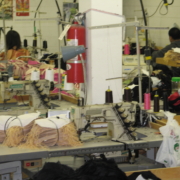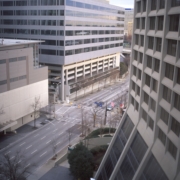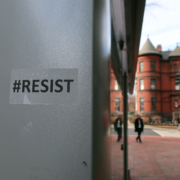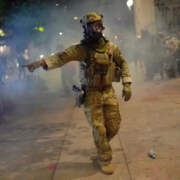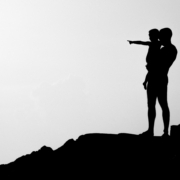Navigating “Space Invaders” in Public Life
The movement of individuals and their frequent encroachment on personal space in public settings (particularly those located in urban environments) poses unique challenges.
These encounters consist of numerous types of interactions, norms, and unwritten rules that people follow or engage in or with in a multitude of places.
These exchanges also lead to a complex dance among individuals exposed to these situations
In bustling cities like Tokyo, pedestrians like motorists, appear to adhere to a structured set of rules. However, the situation drastically changes in places like New York City, where crowded sidewalks can lead to a constant jockeying for safe unencumbered passage. Likewise, instances of people exiting retail stores without considering those on the sidewalk are common.
This nonchalant behavior extends to various urban settings, including street markets, and cultural and sports venues. Even in spaces like movie theaters and mass transportation systems (e.g., seat hogging, unwanted touching, loud conversations or media, etc.), the lack of awareness about personal space is evident, with individuals encroaching on the space of others. “Yo lady. Would you please stop pulling the back of my seat every time you get up from yours? “
Some of of these interactions are conscious or unconscious, contestations or negotiations over personal power, as if to say “who moves first”?
Undoubtedly, social and cultural factors come in to play when trying to understand peoples use of public space and perceptions of encroachment.
Identifying the “Space Invaders”
From young (often un or poorly supervised) children, to senior citizens, to individuals unaccustomed to constrictive urban conditions, there are numerous “space invaders.” They are oblivious to their immediate surroundings. The consequence of such behavior often leads to unease and conflict when personal space is perceived to being threatend. (Just look at the numerous social media posts of irate airplane passengers, if you don’t believe me.).
Further exploring the Problem:
Lack of awareness regarding other people’s personal space in public areas can not only lead to people feeling uncomfortable, but can escalate into physical confrontations. Heightening public consciousness about respecting personal space might be helpful to prevent these sorts of situations.
Proposed Solutions:
Despite the cries of infantilizing the public, one suggestion to lessen the frequency of this kind of invasion of public space might be to use or increase the use of signs directing pedestrians and patrons on where, and how to walk, stand, etc. Using signs to clearly demarcate pedestrian walkways, and directional flow is warranted. Beyond signage, jurisdictions could explore integrating new types of technology, urban planning initiatives, and community engagement efforts to provide a more holistic approach to the issue.
Moving on
The challenges posed by people encroaching on others personal space are undeniable. By understanding the nuances of different dynamics and addressing the issue of space invaders, we can contribute to creating more harmonious and respectful public spaces. Until then, this issue is simply one of several urban incivilities that people must deal with. This involves not only clear signage, but also a deeper exploration of cultural, social, and technological solutions to promote awareness and considerate behavior.
Photo Credit
Photographer Alex Proimos
Title: Pedestrians on a crosswalk in Buenos Aires



